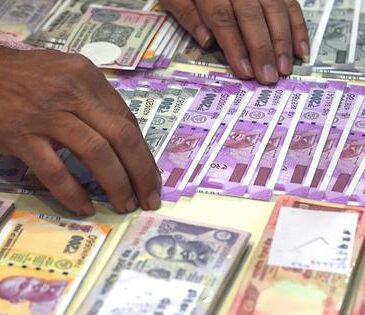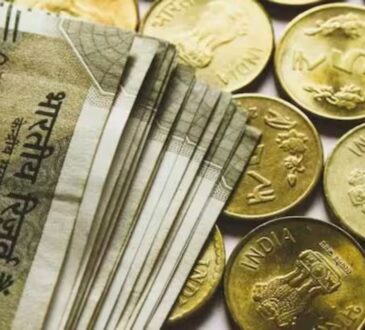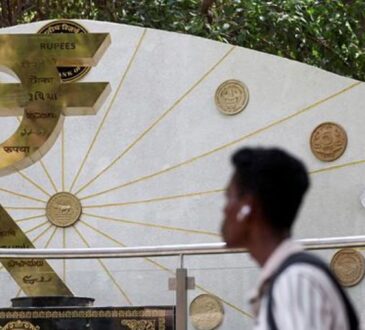MUMBAI: The Indian rupee declined by about 1% in May, reversing course after gaining in the previous two months, influenced by factors such as continued uncertainty over U.S. trade policies, gains in its Asian peers and a conflict between India and Pakistan.
The rupee closed at 85.5775 on Friday, capping a day of choppy trading with a mild decline.
The currency had rallied to a six-month high earlier in May but shed its gains through the month.
Initially, a military conflict between India and Pakistan hurt the currency but it rebounded once a ceasefire was reached. Over the rest of the month, dollar demand from corporates and foreign banks weighed on the rupee, traders said.
Dollar-buying intervention by Reserve Bank of India also put a lid on the sharp appreciation above the 84.60-84.80 zone, according to one of the traders.
Indian central bank’s FX forward book shrinks to $52.48 billion
Meanwhile, the dollar was set to end the month little changed against major peers as mild relief on the softening of U.S. trade policies, typified by the pact with China, gave way to a legal back-and-forth on the legal validity of reciprocal tariffs.
Asian currencies were mostly stronger on the month, led by the Korean won while the offshore Chinese yuan, a closely tracked peer of the rupee, rose nearly 1%.
Barclays expects the rupee to underperform its peers going forward as the RBI focuses on replenishing FX reserves and is “unlikely to want to see a renewed richening of the INR,” analysts at the firm said in a note earlier this week.
India’s foreign exchange reserves stood at $685.7 billion as of May 16, about $19 billion below their all-time high hit in September 2024.
Traders now await the release of India’s economic growth data for the January-March quarter and U.S. PCE inflation data due later in the day.
Economists polled by Reuters expect India’s GDP to have grown 6.7% year-on-year, up from 6.2% in the previous three months.




